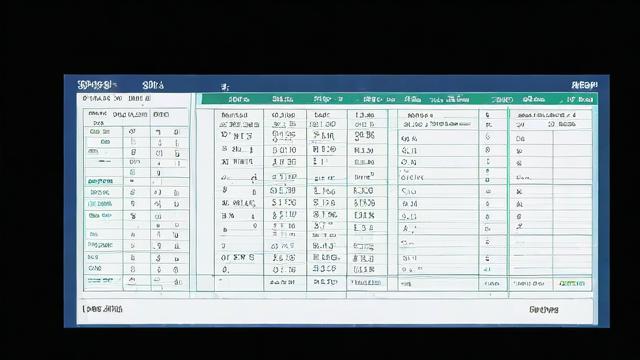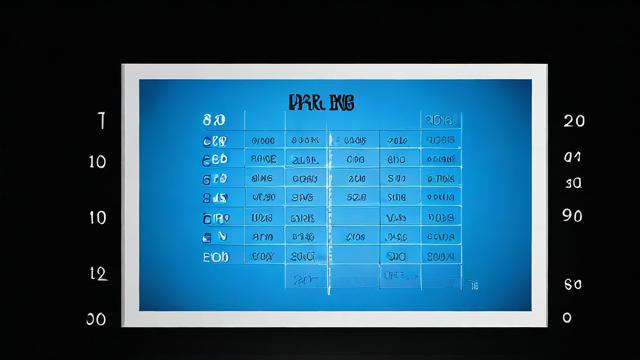# 符号包围,如 #12/31/2023# 表示 2023 年 12 月 31 日。也可以使用 date() 函数获取当前日期,如 date() 返回当前系统日期。在ASP(Active Server Pages)中,日期和时间的处理是一个常见的任务,ASP 提供了多种方式来格式化和显示日期,这些方法可以帮助开发者根据需要展示日期和时间信息,本文将详细介绍几种常见的日期写法及其应用,并通过实例代码进行说明。

1. 使用FormatDateTime 函数
FormatDateTime 函数是ASP中最常用的日期格式化函数之一,它允许你以不同的格式输出日期和时间,以下是一些常见的日期格式:
vbGeneralDate: 显示日期和/或时间,使用计算机区域设置中指定的格式。
vbLongDate: 使用计算机区域设置中指定的长日期格式显示日期。
vbShortDate: 使用计算机区域设置中指定的短日期格式显示日期。
vbLongTime: 使用计算机区域设置中指定的长时间格式显示时间。
vbShortTime: 使用计算机区域设置中指定的短时间格式显示时间。

示例代码:
<%
Dim myDate
myDate = Now()
Response.Write("当前日期和时间 (通用格式): " & FormatDateTime(myDate, vbGeneralDate) & "<br>")
Response.Write("当前日期 (长格式): " & FormatDateTime(myDate, vbLongDate) & "<br>")
Response.Write("当前日期 (短格式): " & FormatDateTime(myDate, vbShortDate) & "<br>")
Response.Write("当前时间 (长格式): " & FormatDateTime(myDate, vbLongTime) & "<br>")
Response.Write("当前时间 (短格式): " & FormatDateTime(myDate, vbShortTime) & "<br>")
%>使用 `DatePart` 函数
DatePart 函数用于从一个日期表达式中提取特定的部分(如年、月、日、小时、分钟等)。
示例代码:
<%
Dim myDate
myDate = Now()
Response.Write("年份: " & DatePart("yyyy", myDate) & "<br>")
Response.Write("月份: " & DatePart("m", myDate) & "<br>")
Response.Write("日期: " & DatePart("d", myDate) & "<br>")
Response.Write("小时: " & DatePart("h", myDate) & "<br>")
Response.Write("分钟: " & DatePart("n", myDate) & "<br>")
Response.Write("秒: " & DatePart("s", myDate) & "<br>")
%>使用 `DateAdd` 函数
DateAdd 函数用于在指定的日期上添加或减去一段时间间隔,你可以指定要添加的天数、月数、年数等。
示例代码:
<%
Dim startDate, newDate
startDate = #1/1/2023#
newDate = DateAdd("d", 10, startDate) ' 增加10天
Response.Write("10天后的日期: " & newDate & "<br>")
newDate = DateAdd("m", -3, startDate) ' 减少3个月
Response.Write("3个月前的日期: " & newDate & "<br>")
newDate = DateAdd("yyyy", 2, startDate) ' 增加2年
Response.Write("2年后的日期: " & newDate & "<br>")
%>使用 `IsDate` 函数
IsDate 函数用于判断一个表达式是否为有效的日期,如果表达式是有效日期,则返回True,否则返回False。
示例代码:

<%
Dim testDate1, testDate2
testDate1 = "2023-10-05"
testDate2 = "invalid date"
Response.Write("testDate1 是日期吗? " & IsDate(testDate1) & "<br>")
Response.Write("testDate2 是日期吗? " & IsDate(testDate2) & "<br>")
%>使用 `CDate` 函数
CDate 函数用于将字符串转换为日期类型,如果字符串不能转换为日期,则会返回Null。
示例代码:
<%
Dim strDate, convertedDate
strDate = "October 5, 2023"
convertedDate = CDate(strDate)
Response.Write("转换后的日期: " & convertedDate & "<br>")
strDate = "invalid date string"
convertedDate = CDate(strDate)
Response.Write("尝试转换无效日期字符串: " & convertedDate & "<br>")
%>相关问答FAQs
Q1: 如何在ASP中获取当前日期和时间?
A1: 在ASP中,你可以使用Now() 函数来获取当前的日期和时间。
<%
Dim currentDateTime
currentDateTime = Now()
Response.Write("当前日期和时间: " & currentDateTime & "<br>")
%>Q2: 如何在ASP中格式化日期为“YYYY-MM-DD”格式?
A2: 你可以结合使用Year,Month, 和Day 函数以及字符串连接操作来格式化日期为“YYYY-MM-DD”格式。
<%
Dim myDate, formattedDate
myDate = Now()
formattedDate = Year(myDate) & "-" & Right("0" & Month(myDate), 2) & "-" & Right("0" & Day(myDate), 2)
Response.Write("格式化后的日期: " & formattedDate & "<br>")
%>小伙伴们,上文介绍了“asp 日期写法”的内容,你了解清楚吗?希望对你有所帮助,任何问题可以给我留言,让我们下期再见吧。